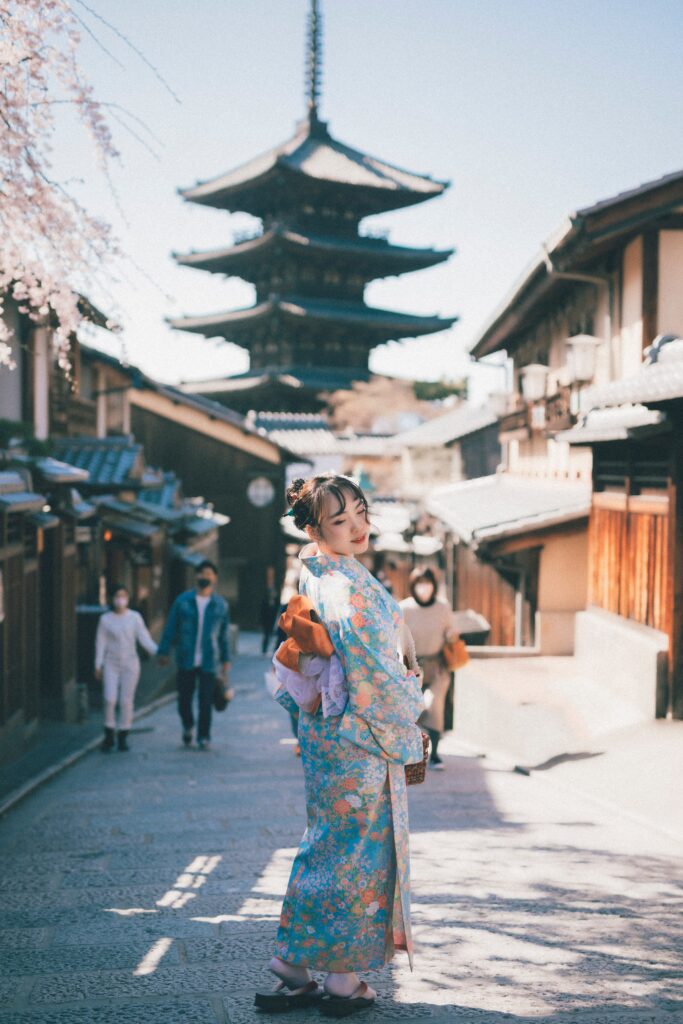TRAVEL GUIDES

- Historical Sites: Beautiful architecture & the ancient 3 Kingdoms of Korea
- Museums & Performances: Korean history & Korean arts

- Best with duty-free options: Myeongdong and Gangnam shopping malls
- Other: Hongdae, Hannam, Apgujeong, shopping malls, online malls & local markets

- Korean food you should try during your stay (top 10 in Seoul)
- Street Food markets & streets: Gwangjang market
- Food festivals: Strawberry festival, Kimchi festival, Chicken & Beer festival

- Flower festivals: Plum blooms, Cherry blossoms, Azaleas, Tulips, Camelias
- Music festivals: Seoul Jazz festival, Dream concert, Boryeong Mud festival, Waterbomb
- Lotus lantern festival
- Seoul International Firework festival
- Ice fishing festival with snow activities & fish trouts

Full of romance, you will feel revitalized by the spring spirit in South Korea. See all generations walking under the Cherry Blossoms, visiting gardens and temples.
Temperatures: +1 to 21 °C (34 to 78 °F) | Main events: Flower festivals, School festivals

Most people would avoid traveling to South Korea because of the monsoon: over 30 days of rain under high temperatures from mid-July to mid-August.
Temperatures: +18°C to 32°C (64 to 90 °F) | Main events: Summer festivals and concerts

Korean Fall is a beautiful combination of serenity and warmth. The weather is perfect for a cup of tea and enjoying the autumn foliage in cities and mountains.
Temperatures: +3°C to 26°C (37 to 78 °F) | Main events: Chuseok Holiday, Autumn foliage

Winter will surprise you with snowy landscapes and Christmas lights. This cold season calls for a Korean barbecue, hot and spicy soups, and a Korean sauna & spa day.
Temperatures: -8°C to 10°C (17 to 50 °F) | Main events: Snow activities, The Lunar New Year
North Regions
- Seoul: Seoul vlog
- Incheon: Sinpo Chinatown, Wolmido Island, Songdo
- Gyeonggi-do: Suwon, Ansan, Seongnam, Paju, Namyangju, Cheonan
- Gangwon-do: Chuncheon, Nami Island, Sokcho, Mt. Seoraksan, Yangyang, Gangneung
South Regions
- Daejeon
- Gwangju
- Jeollanam-do: Mokpo, Yeosu
- Busan
- Ulsan
- Pohang
- Gyeongju
- Daegu
- Gyeongsannam-do: Changwon, Geoje, Changnyeong, Yeongnam Alps, Mt. Jirisan
- Jeju-do: Jeju Island, Udo Island, Mt. Hallasan
Important: There are travel requirements to enter South Korea. Learn more here.

-
Capital city: Seoul
-
Currency: Korean Republic Won (KRW)
-
Language: Korean
-
Writing system: Hangeul, Hanja
-
Population in 2023: 51,966,948 (95.1% Korean, 4.9% other)
-
General knowledge: Kimchi, Hanbok, Hanok, Taekwondo, Hallyu, K-pop, Korean sauna
-
Public holidays: New Year’s Day, Seollal, Independence Movement Day, Children’s Day, Buddha’s Birthday, Memorial Day, Liberation Day, Chuseok, Foundation Day, Hangeul Day, Christmas
Source: Wikipédia

The most anticipated season in Japan is spring. Both locals and tourists are seen traveling the country to witness the Cherry Blossoms and flower fields blooms.
Temperatures: +4 to 21 °C (40 to 78 °F) | Main events: Cherry blossom season, The Golden Week
Summer in Japan is scorching hot and humid in August. The rainy season is bearable, with some non-rainy days between mid-June to mid-July.
Temperatures: +18°C to 32°C (64 to 90 °F) | Main events: Summer festivals called matsuri, Obon
Another popular season is fall with mild temperatures. The fall foliage of November in contrast with the colors of Japanese temples is particularly appreciated.
Temperatures: +6°C to 24°C (42 to 75 °F) | Main events: Autumn foliage
The Japanese know how to enjoy every season, and winter is relaxing with hot springs, plenty of noodle soups, and warm kotatsu tables.
Temperatures: -3°C to 12°C (27 to 53 °F) | Main events: The New Year, The Lunar New Year
Related post: When is the best time to visit Japan?
Regions from north to south:
Hokkaido: Sapporo, Hakodate, Otaru
Tohoku: Sendai, The Fox Village
Kanto: Tokyo, Yokohama
Chubu: Nagoya, Kanazawa, Shizuoka, Izu, Shiragawako & Gokayama, Takayama, Mt. Fuji
Kansai: Osaka, Kyoto, Nara, Himeji
Chugoku: Hiroshima, Miyajima, Kurashiki, Okayama
Shikoku: Matsuyama, Takamatsu, Aoshima (The Cat Island)
Kyushu: Fukuoka, Kagoshima, Beppu
Okinawa: Naha, Miyakojima, Amami
Important: There are travel requirements to enter Japan. Learn more here.

Capital city: Tokyo
Currency: Japanese Yen (JPY)
Language: Japanese
Writing system: Hiragana, Katakana, Kanji
Population in 2022: 125,072,000 (97.8% Japanese, 2.2% other)
General knowledge: Sushi, Ramen, Kimono, Sumo, Manga, Animation, Geisha, Samurai, Ninja, Monarchy
Public holidays: New Year’s Day, Coming of Age Day, National Foundation Day, The Emperor’s Birthday, Vernal Equinox Day, Showa Day, Constitution Memorial Day, Greenery Day, Children’s Day, Marine Day, Mountain Day, Respect for the Aged Day, Autumnal Equinox Day, Sports Day, Culture Day, Labor Thanksgiving Day
Source: Wikipédia
More destinations coming soon!

